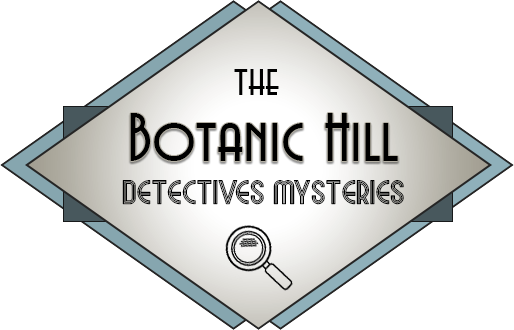Dear Kids and Other Readers,
Given that I’m posting this blog on my website on the Fourth of July, it seems timely that I finally share some excerpts from Nutmeg Street: Egyptian Secrets. In Chapter 14, entitled, “Red, White, and a Blue Sedan,” the USA’s Independence Day is discussed. Well, mentioned. Okay, I’m stretching it, but any excuse to give you a peek at the mystery!
Here’s the backstory: The Botanic Hill detectives–Lanny, Lexi, Moki, and Rani–were ready for a break. After being hired by Mrs. Thornsley to find the ancient urn her late Egyptologist husband had been accused of stealing, the four detectives had been involved in a few close calls. Then, the night before, they’d had a sleepless yet boring stakeout at the Egyptian pond in Mrs. Thornsley’s backyard. The squad now decides to head to the beach, catching a lift from their tutor, Bruce Wilding, in his cool blue ’67 Mustang convertible:
Excerpt 1: “Hey, guys,” said Lanny, “it’s so muggy, and rain isn’t due for hours. Let’s postpone our visit to Mr. Bailey and head to Mango Beach instead.”
“Yeah, and it’d be fun to see how Boardwalk Boulevard’s been decorated for next week’s Fourth of July celebration,” said Rani. She popped a grape into her mouth from the fruit bowl.
They knew Bruce would be willing to go. The tutor came home just as Uncle Rocky finished packing the lunch basket. The four kids had already put on their swim gear and gotten their surfboards. After a long, hot morning in class at the local university, Bruce was very ready for a dip in the ocean himself.
The five soon arrived at Mango Beach. The boulevard shops were elaborately festooned with patriotic bunting and signs for the Fourth. Red, white, and blue flags and lights were strung from one palm tree to the next lining the beach. The group captured the last parking place close by and loaded themselves down with their beach gear and lunch basket. Soon, they found a sandy spot with a patch of blessed shade, courtesy of some sizable palm fronds that dipped toward the sand . . . .
[Time out: The four enjoy some surfing, then return to stretch out on their beach towels. While devouring their picnic lunch, Lanny leads a discussion about their prime suspects in the mystery. Soon their fun is interrupted. Next excerpt.]
Excerpt 2: . . . . the rainstorm abruptly threatened to arrive ahead of schedule. The clouds had scared away the sun, wind noisily swooshed the palm fronds, and a few raindrops splashed the beachgoers. Bruce suggested they pack up fast and head to the car for home. But not before stopping at Moo Cow’s Dairy Town shop a few blocks away for their traditional, after-beach ice cream cones, Moki reminded him.
As Bruce collected a few stray towels from their beach spot, the four detectives, with arms loaded, made it to the parking lot. They stopped to admire more palm tree holiday decorations when Lexi suddenly screamed. She swung her board at the others, knocking Rani and Lanny down and causing Moki to jump backward, away from her and the road. A speeding sedan roared by, missing them by inches, then zoomed out of the lot. Their beach gear was scattered everywhere. And so were they.
“That same blue car again!” Moki yelled . . . .
Was everyone all right? Who drove the blue car and why? What happened next? Watch for Nutmeg Street: Egyptian Secrets to release on February 1, 2020, and you can find out!
